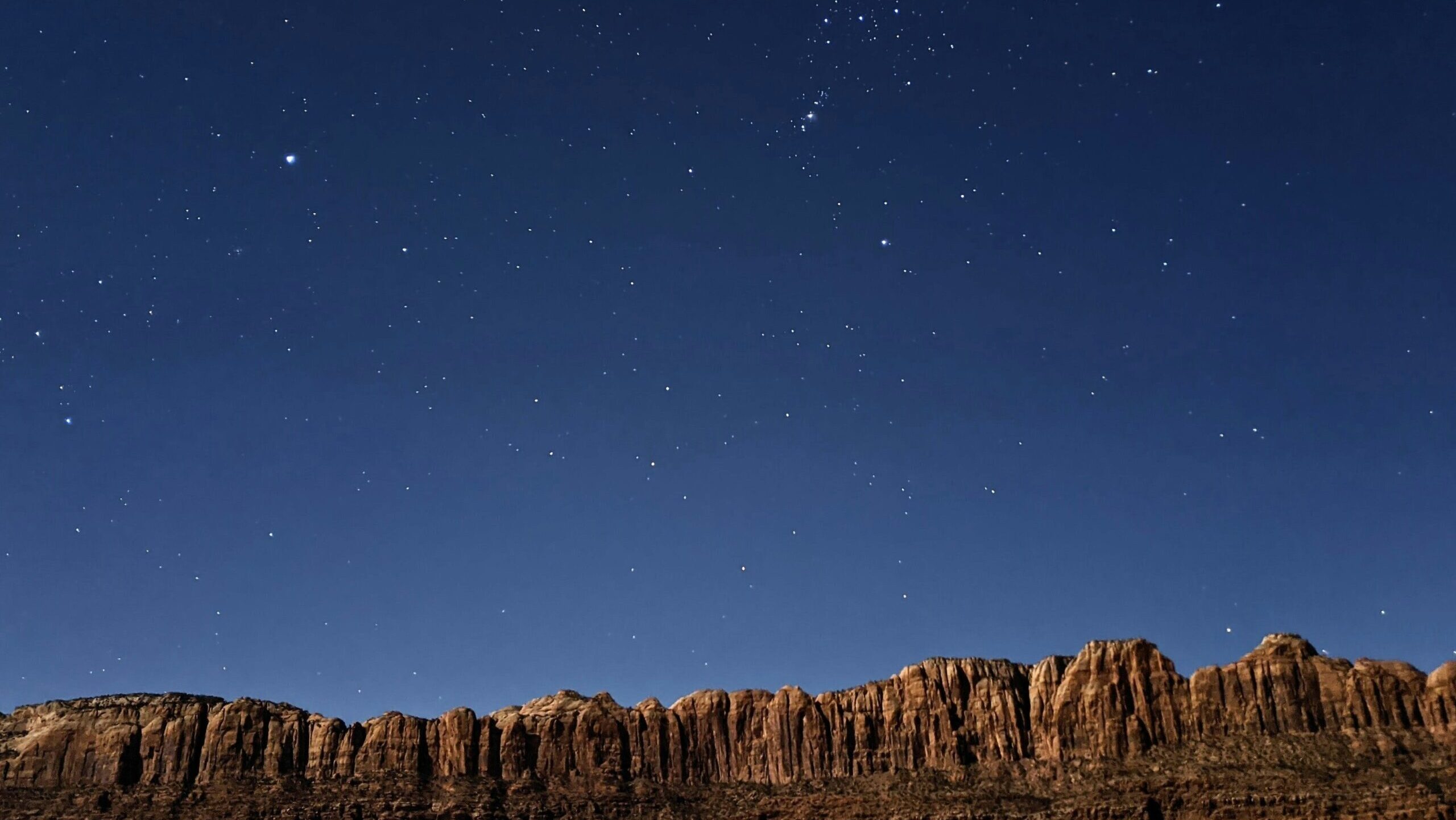Some information may be outdated.
The Utah School and Institutional Trust Administration hopes to conduct a large-scale land swap with the federal government, exchanging SITLA parcels within the recently designated Bears Ears National Monument for federal lands that are more conducive to profitable activities such as mineral extraction. While the swap has not been approved by the state legislature, SITLA officials hope to keep the deal moving forward as a way to carry out their agency’s mandate of optimizing revenues from its lands for its beneficiaries in the education system. At their Mar. 15 meeting, Grand County commissioners discussed what stance they should take on the swap.
Hesitation to trade
SITLA hopes to trade about 130,000 acres inside Bears Ears National Monument for federal lands equal in value (rather than acreage) spread across Beaver, Carbon, Duchesne, Emery, Garfield, Grand, Iron, Kane, Millard, Rich, San Juan, Sanpete, Sevier, Tooele, Uintah, Utah, Wasatch, Washington, and Wayne counties.
Such large-scale swaps have taken place in the past. For example, SITLA has traded thousands of acres with high recreational value along the Colorado River for Bureau of Land Management lands with mineral development potential. However, large-scale trades require approval from the state legislature, and Utah lawmakers failed to pass a joint resolution in favor of the swap.
Some are concerned that approving the trade would undermine the state’s legal challenge to the Bears Ears National Monument designation, according to Salt Lake Tribune reporter Brian Maffly.
“…a feeling persists that the land swap could be seen as legitimizing the expanded monument state leaders will seek to revoke through a forthcoming lawsuit,” Maffly wrote in a Mar. 2 article about the proposed swap.
Representative Phil Lyman (R., District 73), who represents San Juan County, opposed the trade because it would result in a net increase in federal land and net decrease in state-owned land in San Juan County.
“When we talk about these school sections, they are a birthright at the time of statehood, not only to the state but to the areas that they were put in. They were a dispersed pattern spread across the state,” Lyman said. That pattern allows ranchers to make use of public lands, he said.
The swap must be approved both by the Utah legislature and Congress, a process that could take many months or potentially years.
Grand County’s stance
Commissioner Kevin Walker brought the land swap to the body’s attention. “A lot of the parcels that they want to trade into are in Grand County,” Walker said. “As a county, we should decide, one, do we want to be engaged with this and try to influence it, and two, what do we like and dislike about a land exchange?”
Walker noted that some of the lands proposed in the trade are in areas that have been part of proposals for wilderness designation in the past, or are in areas included in the public lands bill proposal that the county is working on. There’s also a small parcel adjacent to the controversial Lionsback Resort development.
“With the development pressure we have in Grand County, our existing private and STILA parcels are creating a lot of development issues for us, and increasing the amount of SITLA land doesn’t really move us in the direction that I think we’re trying to go,” Walker said. He also reported that in discussions with SITLA officials about the possibility of a land swap as part of the public lands bill proposal being prepared by Grand County, SITLA indicated it would prefer payment for lands over a land swap.
“One thing we could try to do is try to encourage the federal government to come up with money rather than giving up existing BLM land,” Walker suggested.
Commissioner Evan Clapper supported a cash for land exchange as an alternative to a land swap. Commission Chair Jacques Hadler agreed, and pointed out that some of the proposed land swap parcels appear to be in the location of popular mountain biking trail systems.
“I find that SITLA is difficult to work with,” said Commissioner Sarah Stock. “When they’re planning to lease these minerals, they’re not looking at the BLM’s larger land management plan. So it’s in our favor to have the BLM managing this area as a whole, with a holistic vision, versus SITLA and this piecemeal, piece-by-piece, trying to exploit it to the fullest extent.” Commissioners agreed they preferred the option of encouraging the federal government to offer cash for SITLA parcels in Bears Ears National Monument, rather than trading BLM land. However, Grand County is only one stakeholder in a large deal being discussed mostly in the uppermost levels of the BLM with Utah SITLA officials, so it’s unclear how much influence the county may have.
“It’s in our favor to have the BLM managing this area as a whole, with a holistic vision.” Sarah Stock
Appreciate the coverage? Help keep local news alive.
Chip in to support the Moab Sun News.




